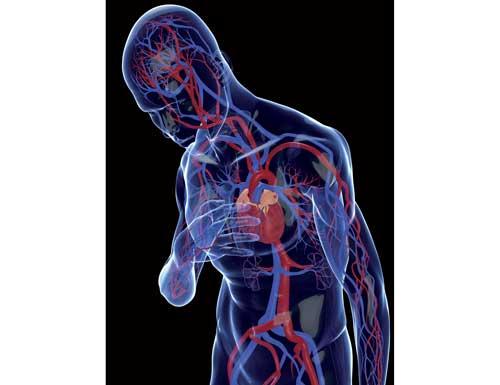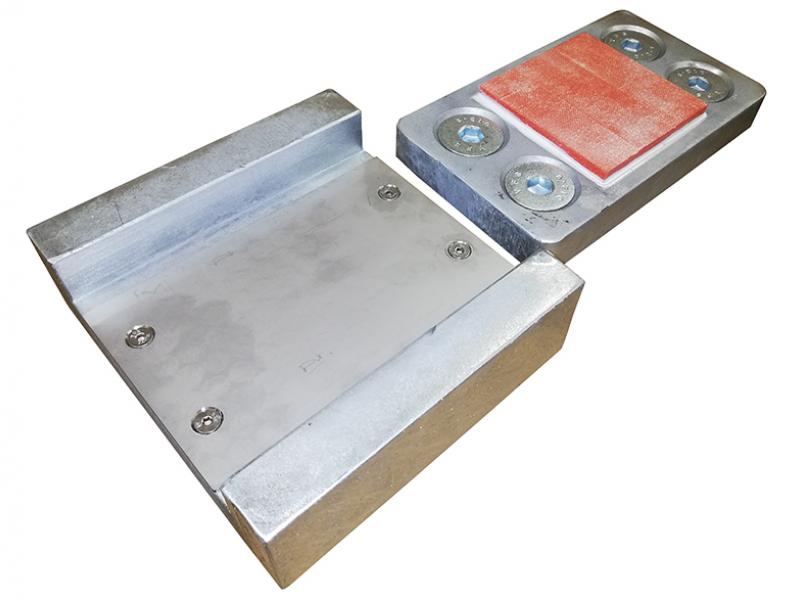Researchers from The University of Auckland have developed advanced rehabilitation devices to help stroke patients strengthen their muscles while at the same time playing computer games.
“The main goal is not to play the game but to stimulate the patient’s interest so while they are playing the computer game they gain muscle strength, says Professor Shane Xie.
Professor Xie and other researchers from the University,have developed two types of wearable exoskeleton devices for stroke patients, one for gait rehabilitation and the other for upper limb rehabilitation. They have also developed a wearable ankle robot to aid in the rehabilitation of ankle sprains.
The devices have been tested on people with and without disabilities, and the next stage is to run more clinical trials involving stroke patients.
Professor Xie, from the Department of Mechanical Engineering, is the University’s first ever Chair in Biomechatronics. Biomechatronics is the interdisciplinary study of biology, mechanics, electronics, software and control. It focuses on the interactivity of biological organs with electromechanical devices and systems. He is head of the University’s Medical and Rehabilitation Robotics Research Group where the rehabilitation devices and robot technology is being developed.
“Our research is targeted at people whose strength and coordination has been affected by amputation, stroke, cerebral palsy, or ageing. We believe appropriate mechanical assistance can not only restore function but enhance performance beyond typical human limits. “Even 20 years after a stroke a person can gain mobility through rehabilitation exercises,” he says.






